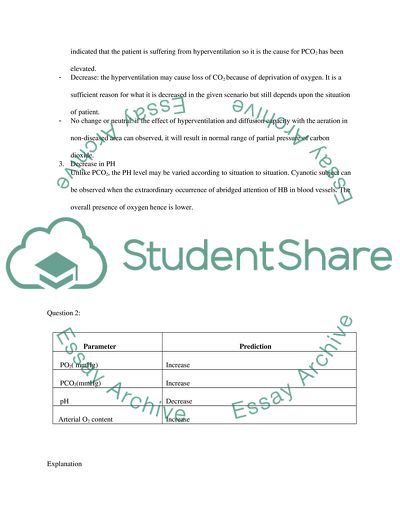Cite this document
(“Symptoms of Cyanosis Case Study Example | Topics and Well Written Essays - 2000 words - 1”, n.d.)
Retrieved from https://studentshare.org/health-sciences-medicine/1462446-lecture-case-study
Retrieved from https://studentshare.org/health-sciences-medicine/1462446-lecture-case-study
(Symptoms of Cyanosis Case Study Example | Topics and Well Written Essays - 2000 Words - 1)
https://studentshare.org/health-sciences-medicine/1462446-lecture-case-study.
https://studentshare.org/health-sciences-medicine/1462446-lecture-case-study.
“Symptoms of Cyanosis Case Study Example | Topics and Well Written Essays - 2000 Words - 1”, n.d. https://studentshare.org/health-sciences-medicine/1462446-lecture-case-study.


